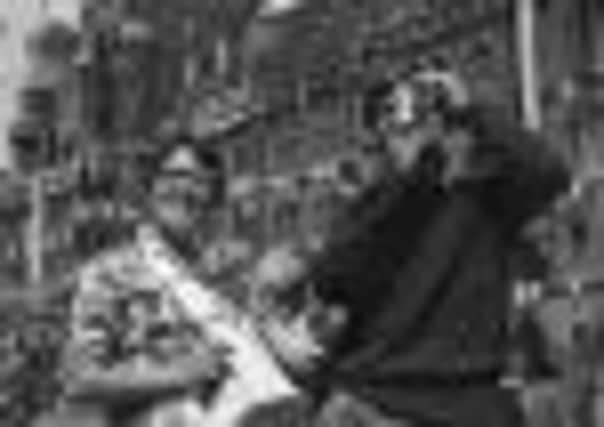Kodak on the brink of fading into history books


The 131-year-old company that turned photography into a hobby for the masses is trying to bat down sudden talk of bankruptcy this week, after concern about its grim prospects hit fever pitch when it enlisted a legal adviser to explore ways to revive its sagging fortunes.
Its stock, which topped $94 (£61) in 1997, skidded to an all-time low of 78 cents a share last Friday. Kodak subsequently insisted in a statement that it had no intention of filing for bankruptcy protection and described insolvency and restructuring specialist Jones Day as one of several firms advising its management. Its shares rebounded to $1.12.
Advertisement
Hide AdAdvertisement
Hide AdThe iconic firm is trying to pull through a decade-long drive to recast itself as a digital photography and printing power-house, after allowing global rivals to steal a march on it more than a decade ago.
Although Kodak invented the world’s first digital camera in 1975, a reluctance to ease its heavy reliance on high-profit film allowed Japanese rivals such as Canon and Sony to rush largely unhindered into the fast-emerging digital arena in the late 1990s.
Finally launching a four-year digital makeover in 2004, Kodak closed aged factories and eliminated tens of thousands of jobs. It ended 2007 on a high note with net income of $676 million, then ran into the recession. Now investor alarm about whether it has the financial wherewithal to complete its turnaround is raising the spectre of job cuts – and the threat of extinction.
Kodak has already sliced its global workforce to 18,800 from a peak of 145,300 in 1988. Employees say they’re even more scared than usual that the latest crisis could sink careers that somehow dodged decades of cutbacks.
The company’s troubles could spell disaster in its home town of Rochester in New York state, where it once employed more than 60,000 people and still has 7,100 on its payroll.
George Eastman, who founded the company in 1880, was a philanthropist who pumped his money into hospitals, universities and parks that still bear his name, while Kodak was once considered one of the best employers in America.
In 1900, Eastman came out with a $1 Brownie, turning point-and-shoot photography into an overnight craze, and once held a virtual monopoly of the US photographic industry.
Now Kodak has projected a return to profitability next year on the strength of deep investments in digital inkjet printers. Mining its patent portfolio has raised nearly $2bn in licensing fees since 2008, and it has plans to sell a further $3bn worth.
The question now is whether those measures will be enough to keep Kodak afloat. The company had $957 million in cash as of 30 June, down from $1.6bn in January.